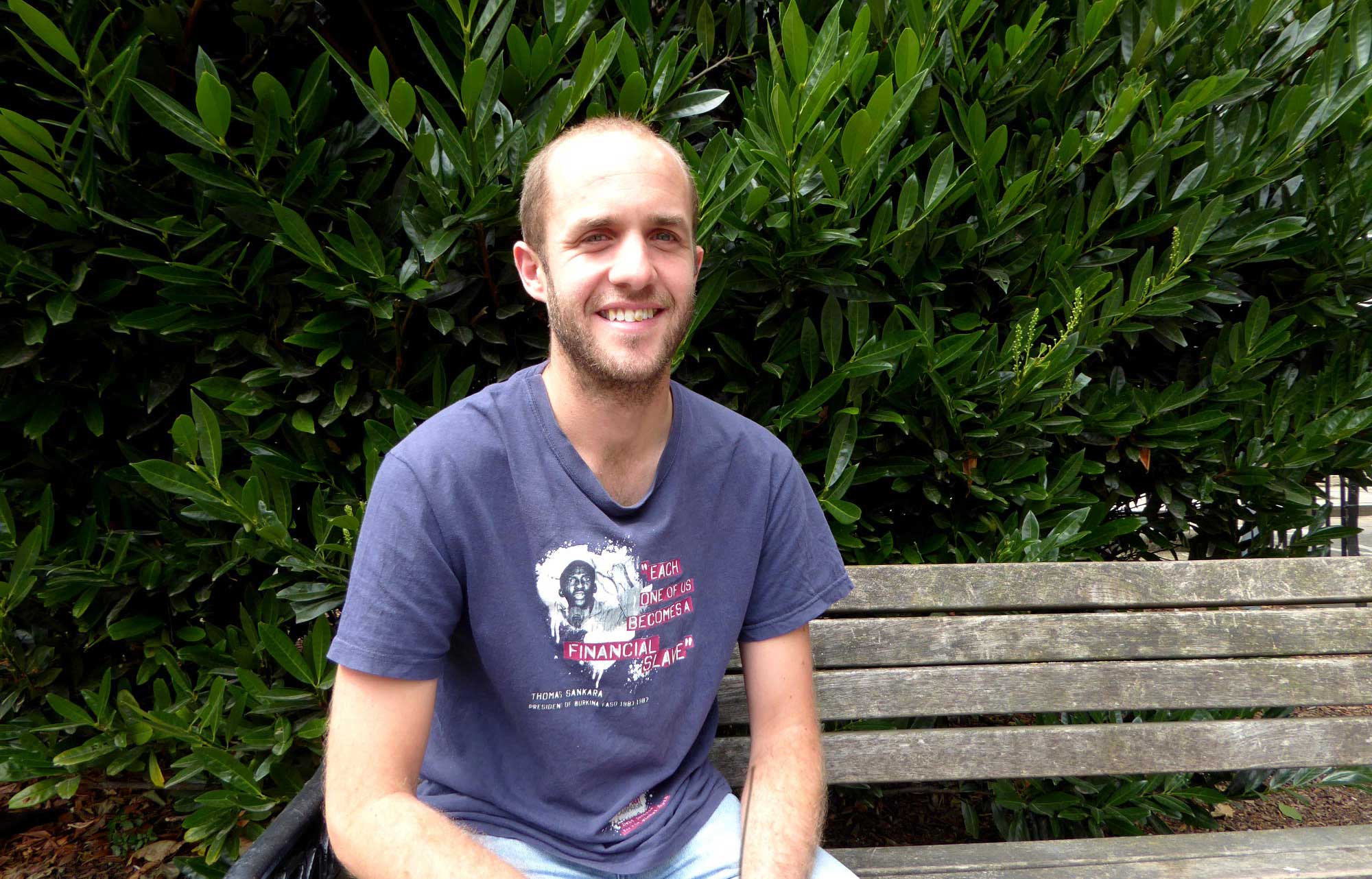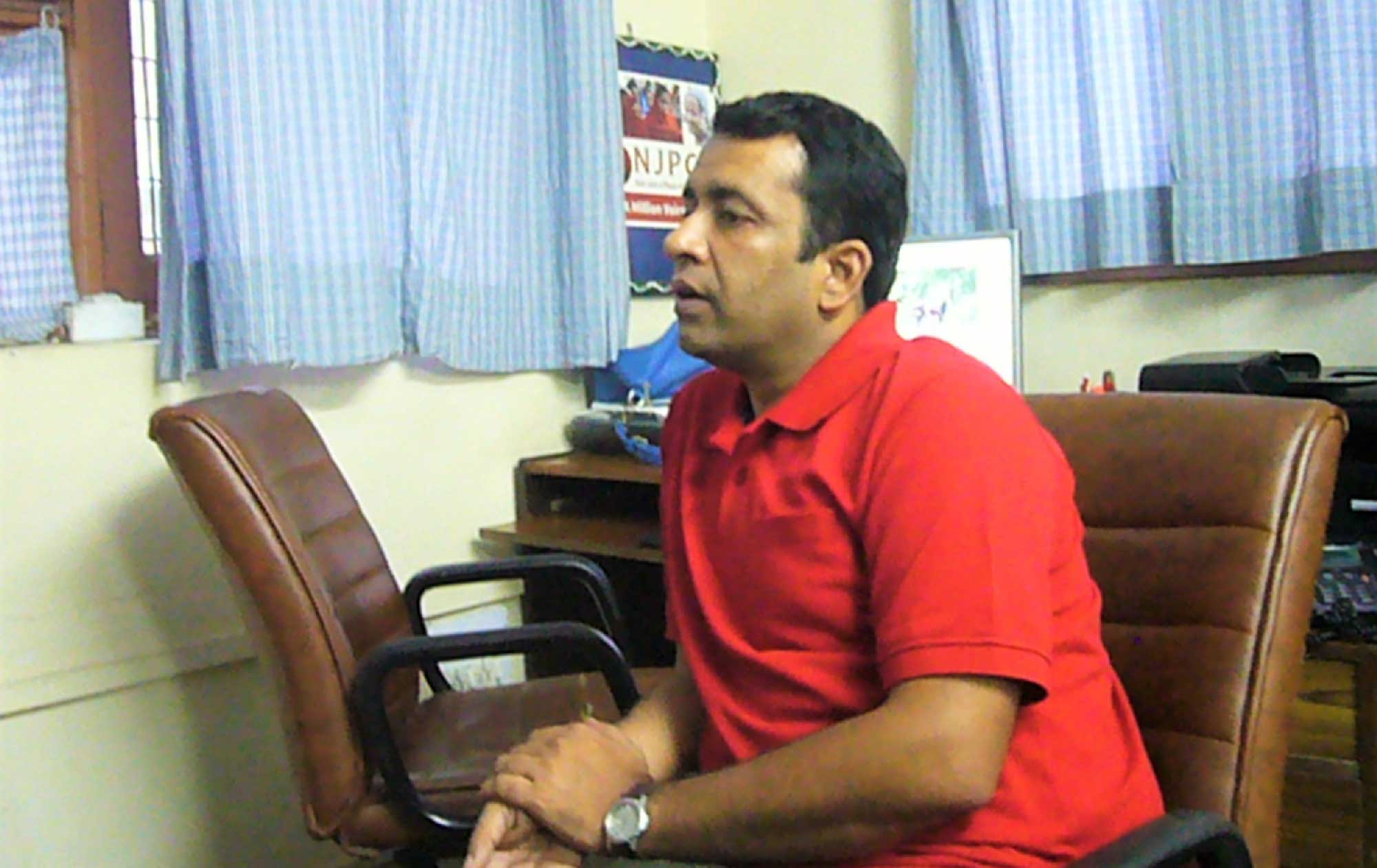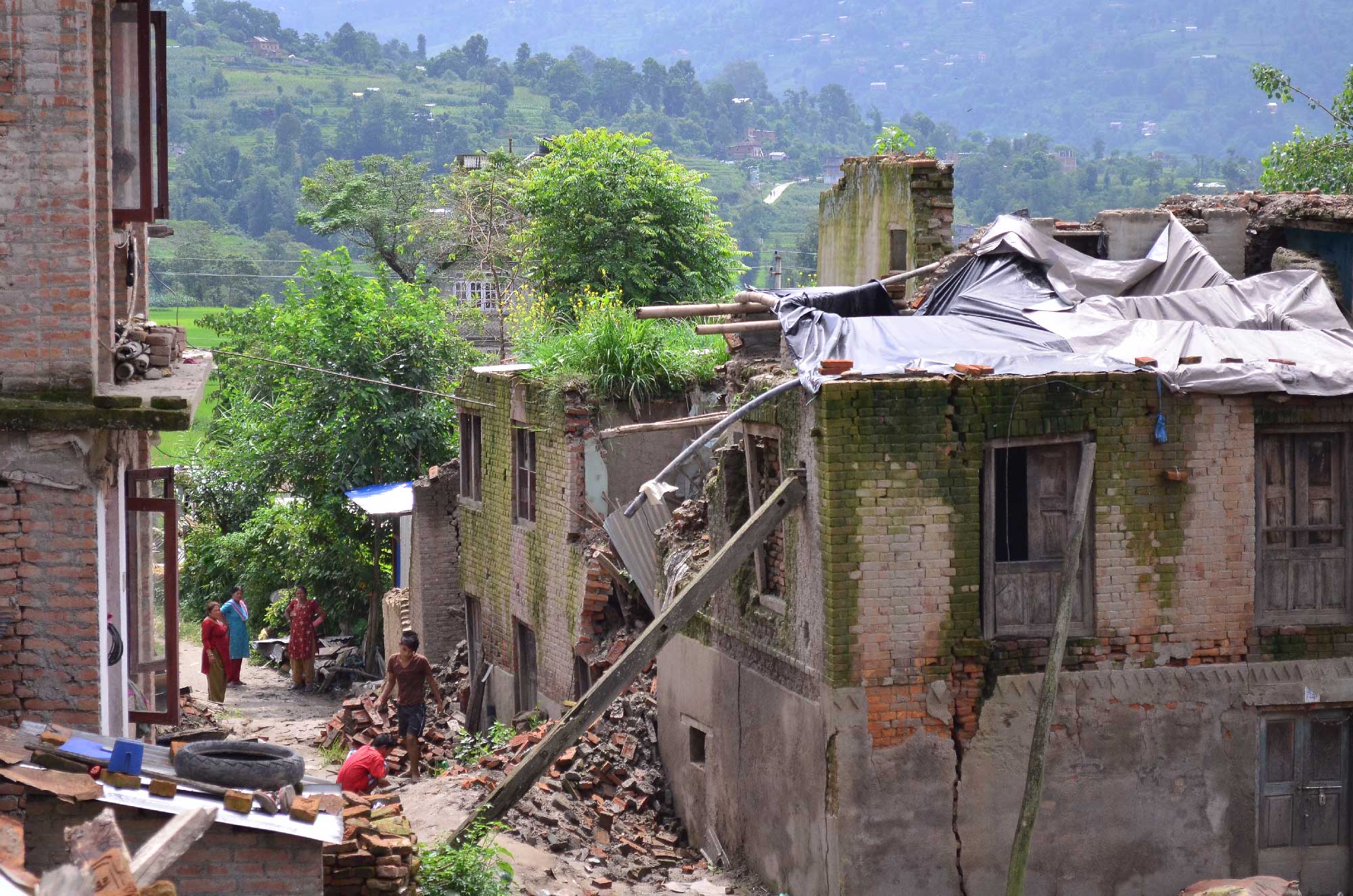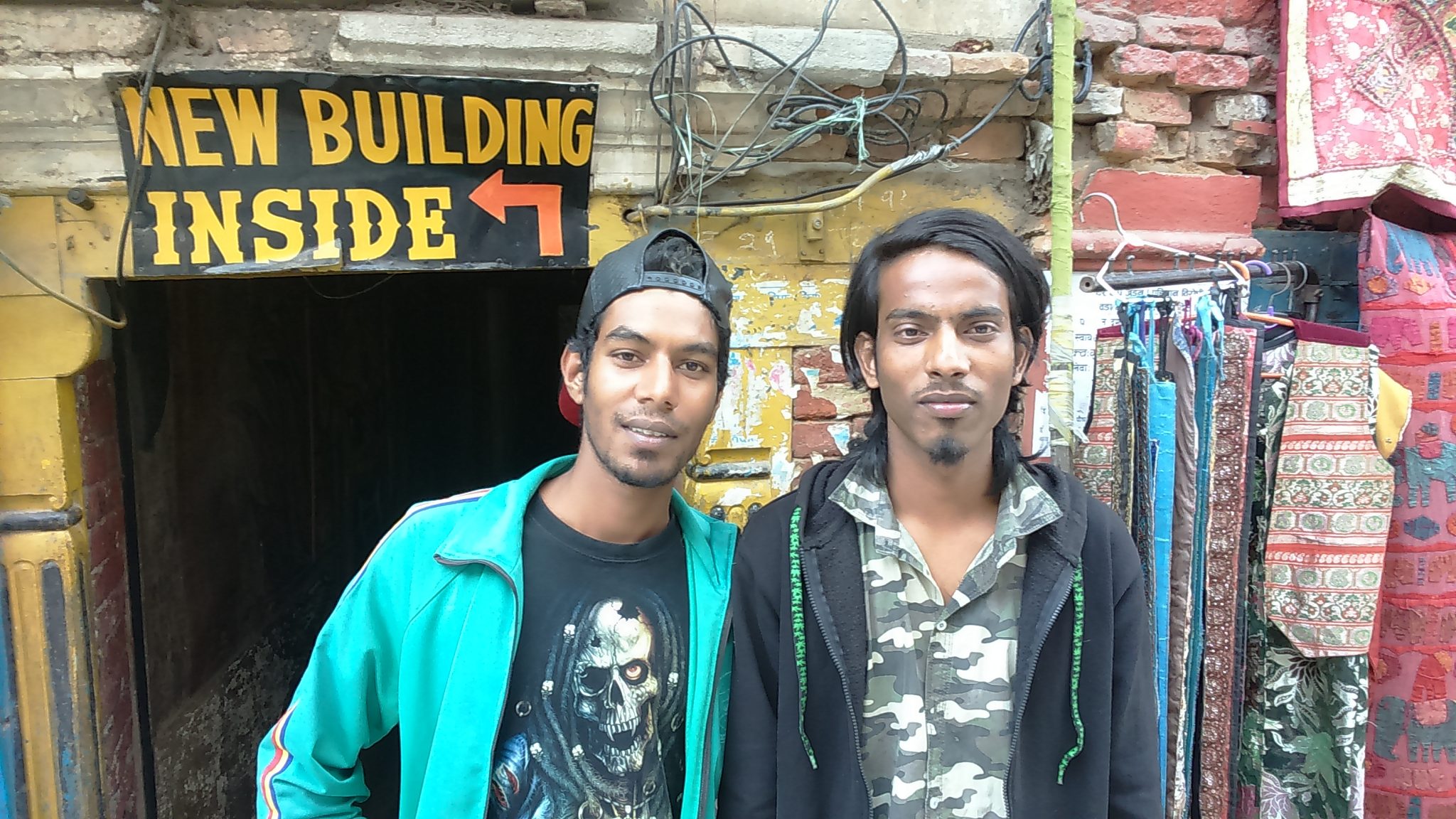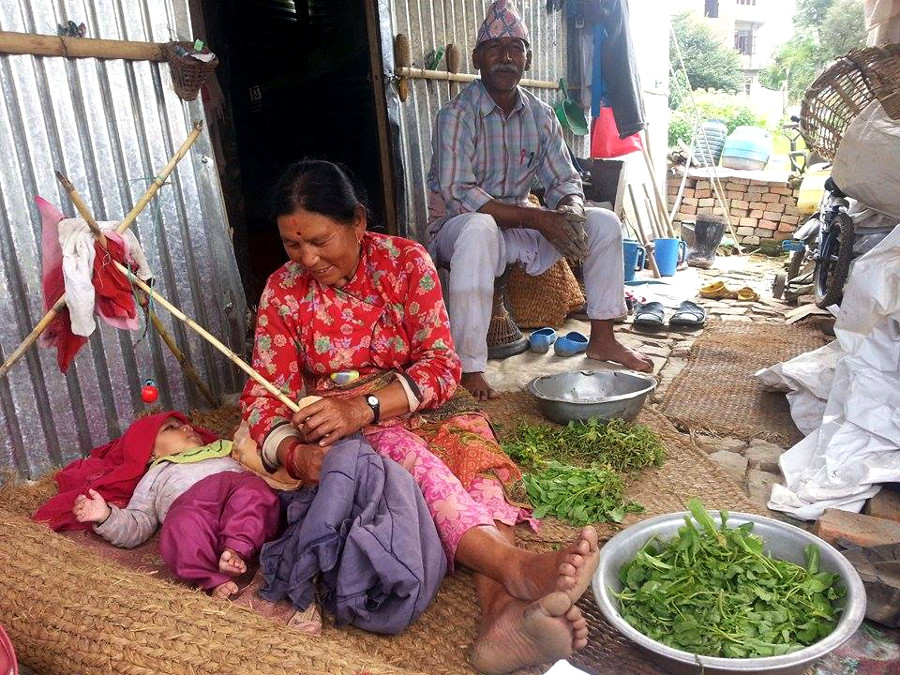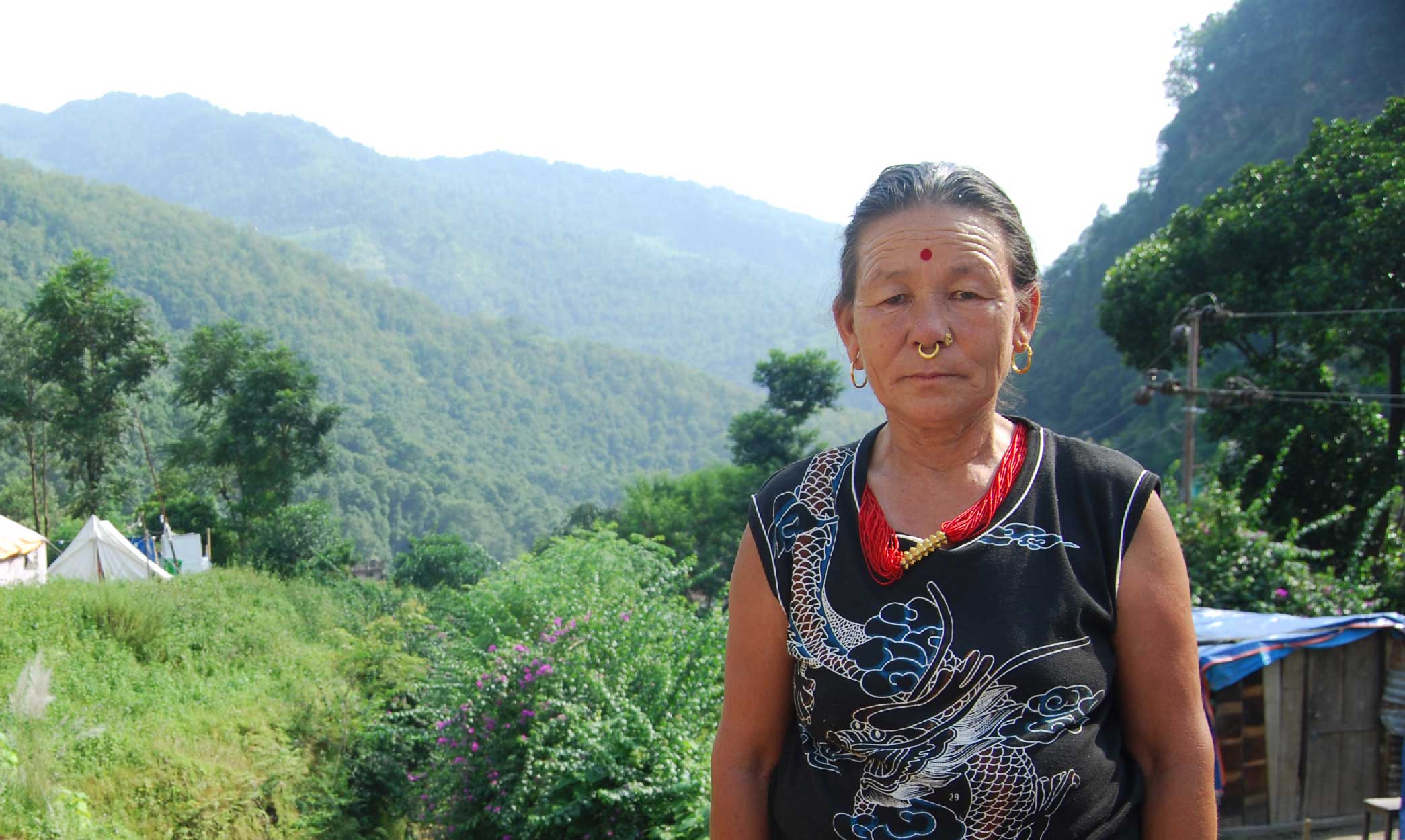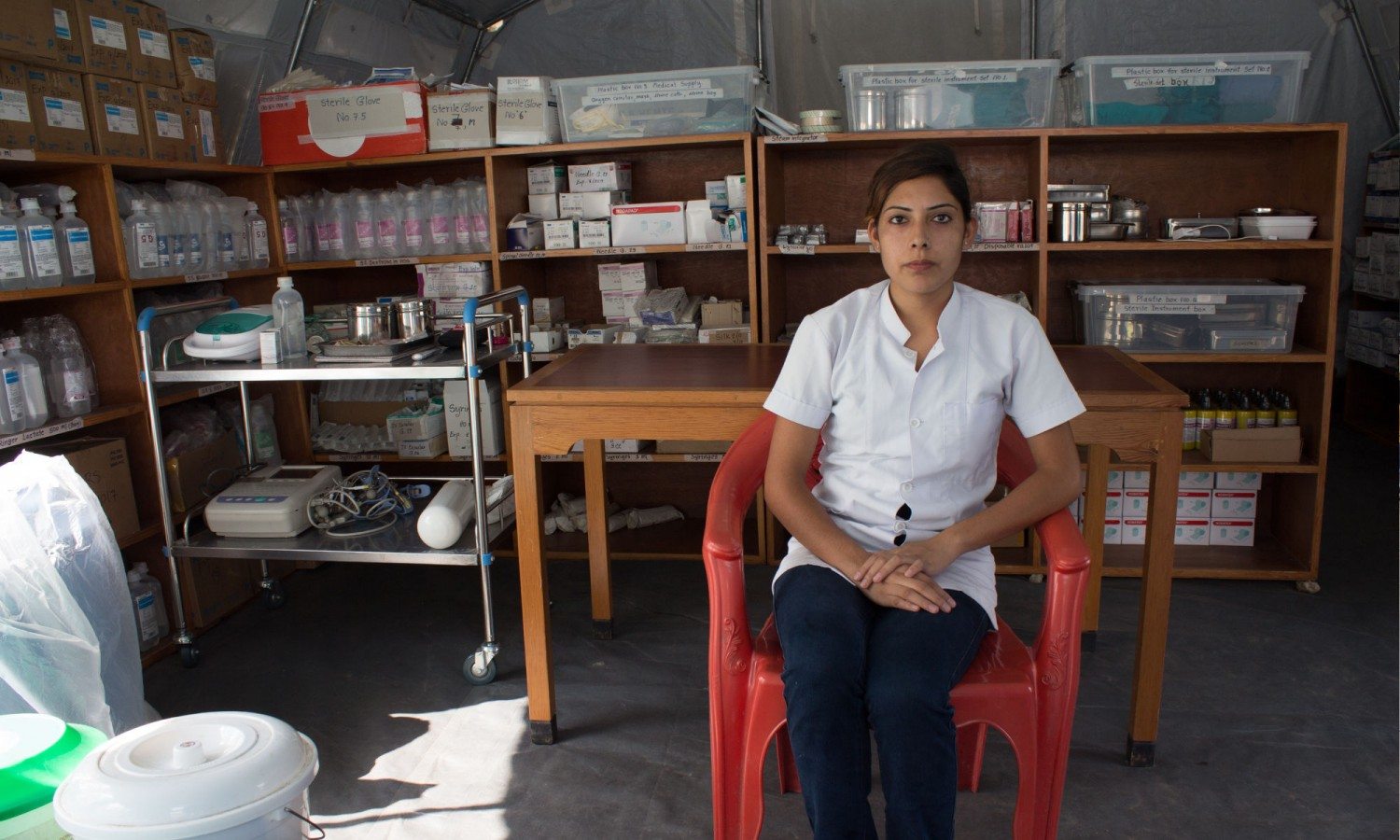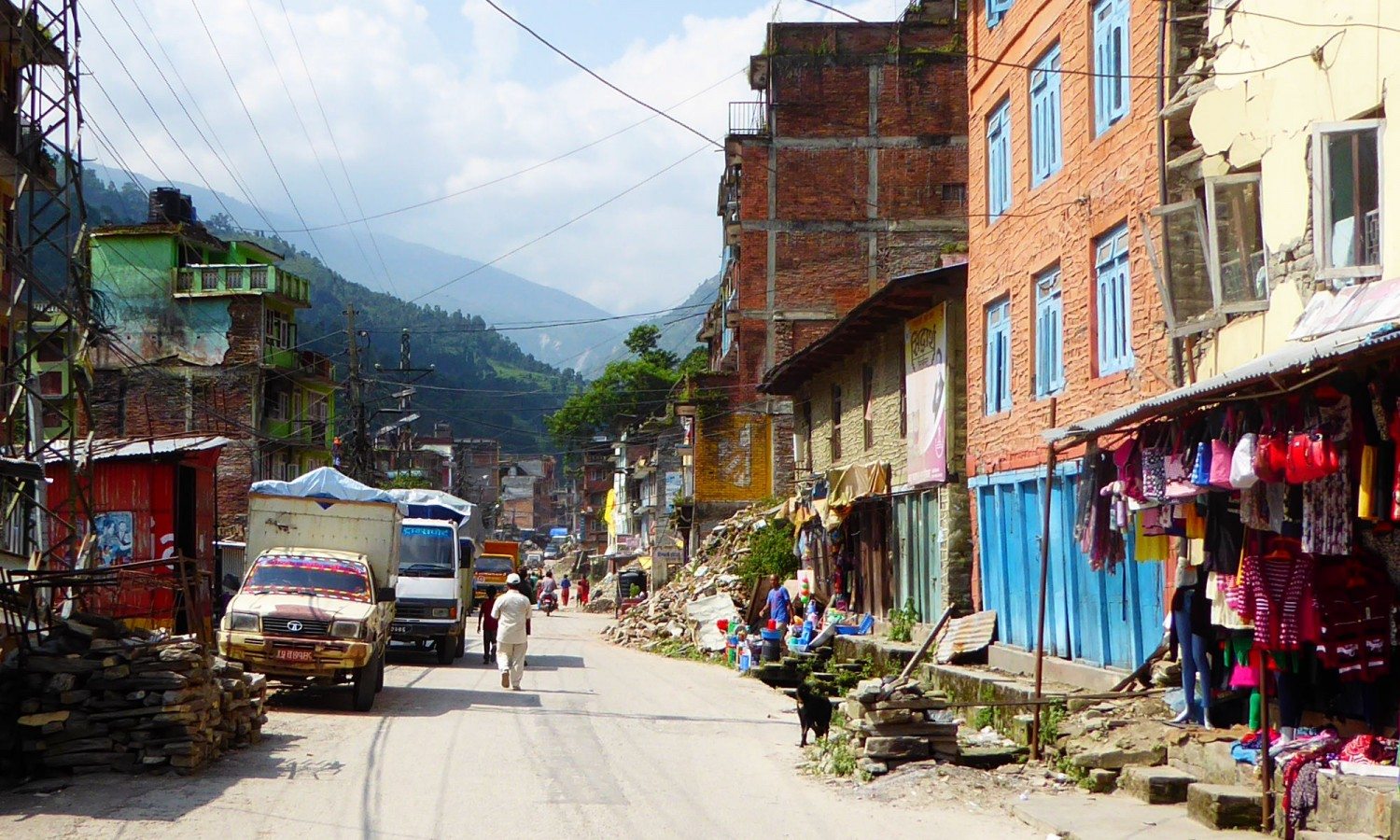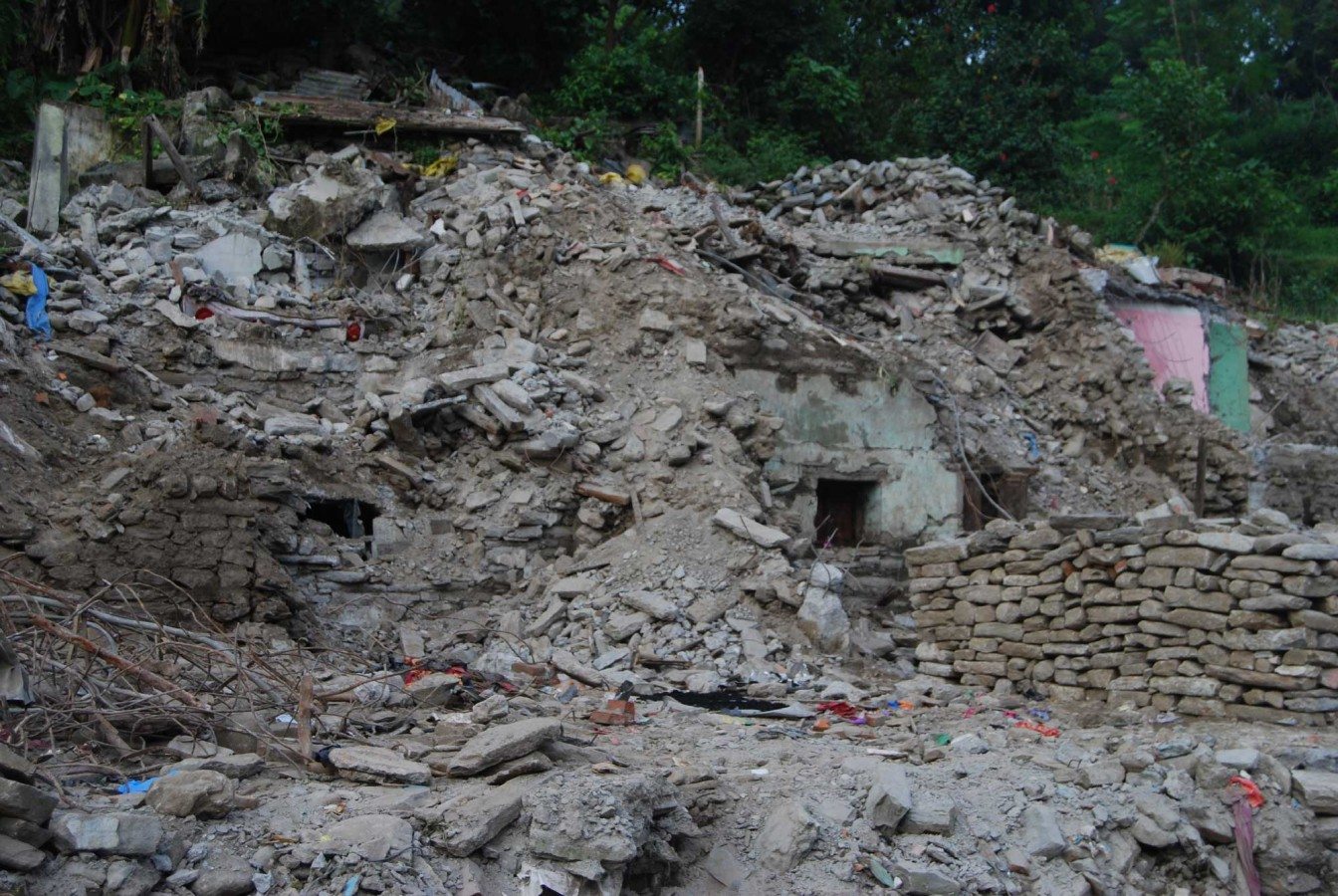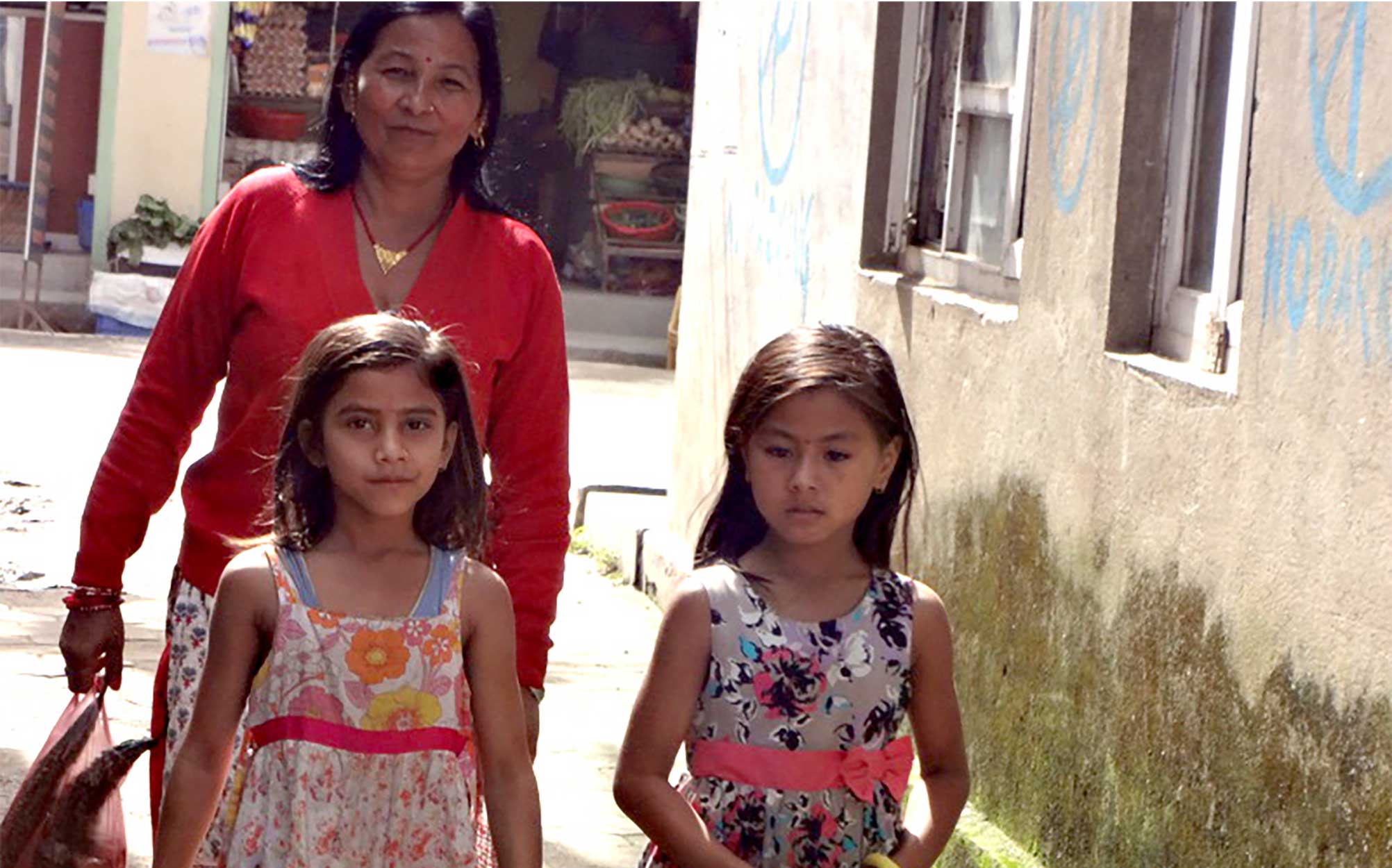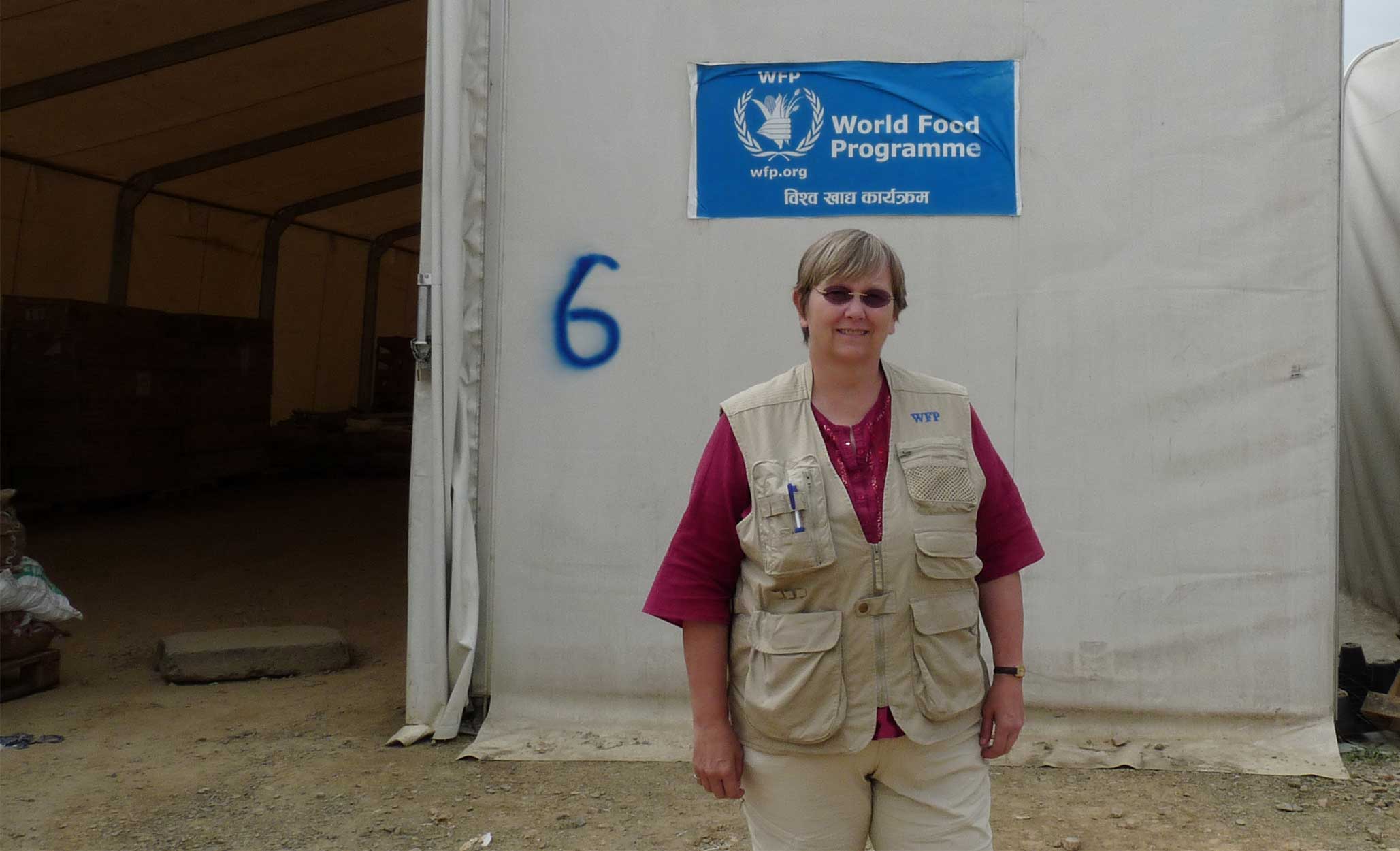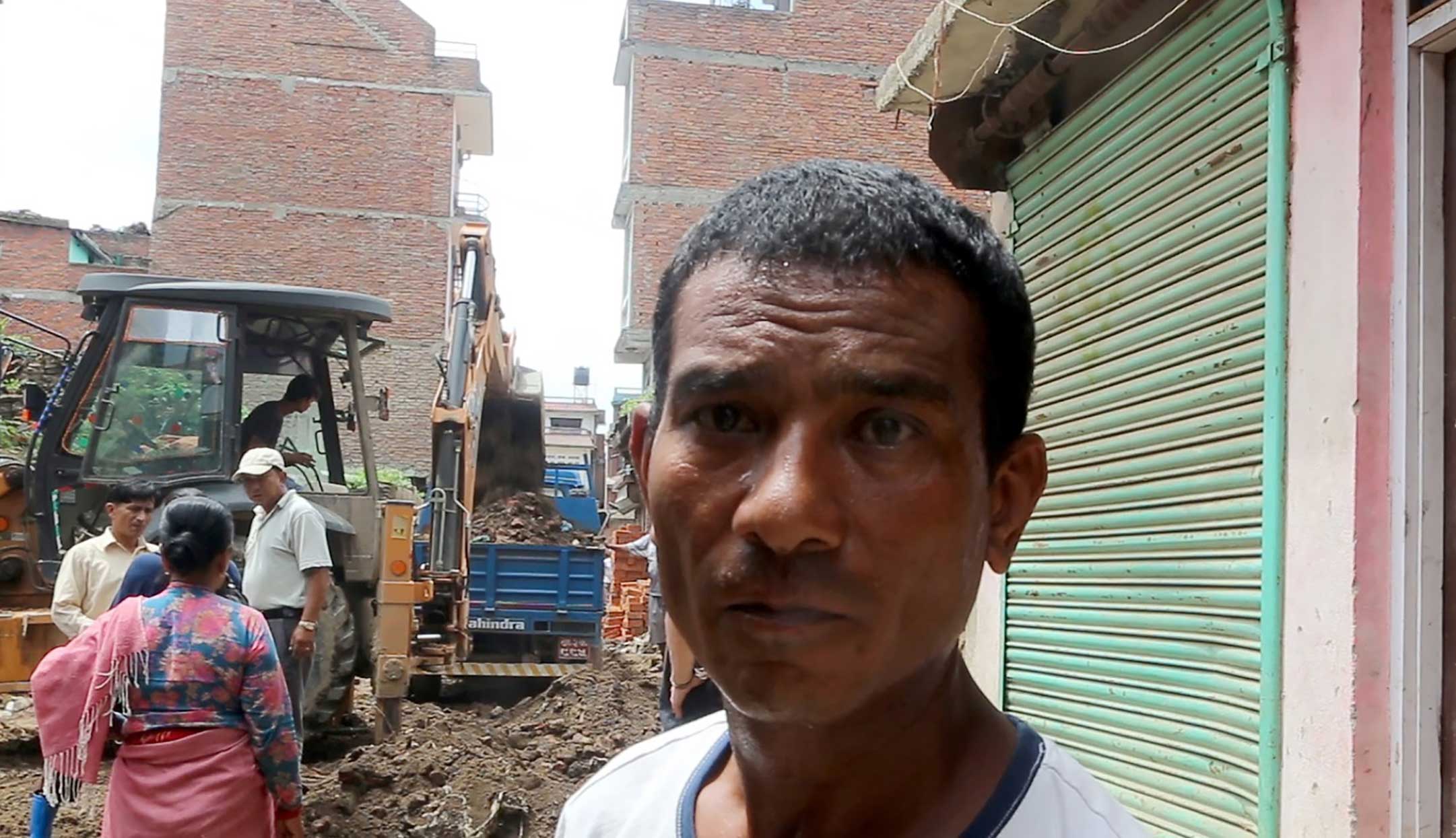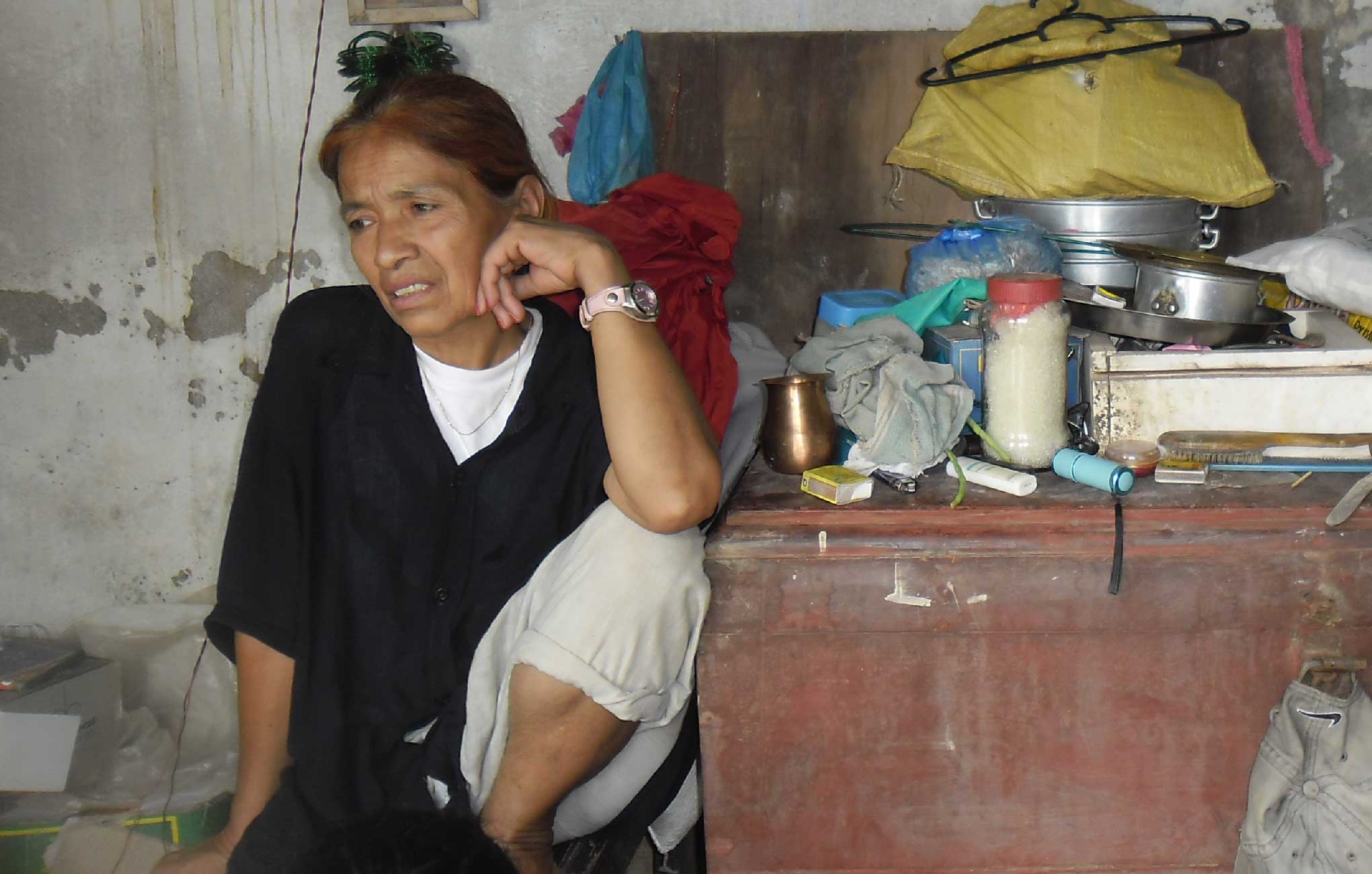Crisis situations invariably bring up questions about how they are communicated to the world, and often what is highlighted is the lack of preparedness in this area. Scholars highlight several challenges that are common to crises: among them, issues of accuracy from amidst the ‘fog’ of a calamitous event, an overemphasis on death and destruction to create more dramatic narratives, and at times even deliberate misinformation.
In the wake of the April 25 earthquake in Nepal, the way information was shared, particularly in the media, has come under criticism. For one, lack of accurate communication, in a post-earthquake situation such as that exists in the Himalayan country, could mean that relief is unevenly distributed. A challenge specific to Nepal was that community radio stations, on which a significant proportion of the population rely on for news, were hit badly, with 61 stations seeing their premises damaged.
It is not surprising then that disaster management and crisis communication have acquired a new importance in Nepal in the last four months, particularly in light of the country’s continued vulnerability to earthquake. In this interview, Patrick Ward speaks to Dr Sudhamshu Dahal, Assistant Professor of Strategic Communication at the Kathmandu University, who is working to ensure that Nepal is better prepared in terms of strategic communications. Dr Dahal now strives to stimulate governmental and academic discussions in Nepal so as to create a model for crisis communication. Edited excerpts from a conversation in which he speaks of the need for a national crisis communication strategy, the necessity of crisis journalism training for the media, and how the aftermath of the earthquake is being normalised:
What is the current state of developing a model for crisis communications in Nepal? How are the ideas being developed after the earthquake?
Largely crisis communication comes under the corporate branch of communication studies, as part of PR and the field of advertising. They will be the experts, but they look at crisis communication for companies, within the corporate. I am trying to take crisis communications out of the corporate sector and to relate it to natural and man-made crises. Those ideas of having a uniform platform for information sharing might work well in time of natural disasters like earthquakes.
Could you elaborate on your thoughts on what is needed?
I was involved in a study that assessed the status of media and journalists in eight of the worst-affected districts in Nepal, and one of the compelling recommendations that came out of it was that journalists should be given training in how to report during such crises. The media here had some training during the Maoist movement—on how to to do conflict reporting, on peace journalism, things like that. But they don’t know how to report on disasters, do crisis reporting. These journalists said that during the time of the insurgency you can have some level of expectation: Maoists are coming from this side, government forces are coming from that side, and here could be my safe line, where I can put myself safely and do my reporting. But with earthquakes you cannot predict like that. This unpredictability can put you in danger.
“These problems are exacerbated because of parachute journalists. The foreign media are coming and reporting and you feel pressure to do something on par, if not more, than the foreign journalists.”
The other point, which is quite pressing, was what to report. You see everywhere everything falling, and you see the human casualties, you see the property damage and sometimes you see mass casualties. Your relatives may have died. What is the news at that time? There is also pressure from the family and the demands from your news organisation. The news organisation asks you to report more, do more, and your family will be very concerned that you want to go out. You are also concerned for your family because your home has been destroyed and you have nowhere to stay. You might be staying in a temporary shelter. How do you move around and report with all that?
These problems are exacerbated because of parachute journalists. The foreign media are coming and reporting and you feel pressure to do something on par, if not more, than the foreign journalists. The final pressure boils down to the journalists in the field, local stringers, maybe local reporters. So how do you do journalism within all this? That’s one area where they would like to have some kind of training.
How are the ideas on crisis communication being received?
There is a larger understanding now that we need to have a coordinated effort. The only fear would be how to balance information control and the freedom of expression that you need to exercise as a journalist. Media organisations are now thinking of making a kind of backpack for the journalists, with a torch, a radio, etc. What I am telling these people is, what you are doing is a novel thing, it’s a good thing—but you also need to give some training. More than the equipment, journalists want some discussions. Most journalists are asking for indigenous experts to tell them how to do crisis journalism. They are not expecting foreign journalists to come and give training, because the foreigner may not understand the situation here. What has happened elsewhere cannot be replicated here. They already had a good exposure during the Maoist insurgency, a lot of training happened. All those trainings did not help when the earthquake struck. Maybe this is the time we developed our own training and have our own indigenous knowledge in place.
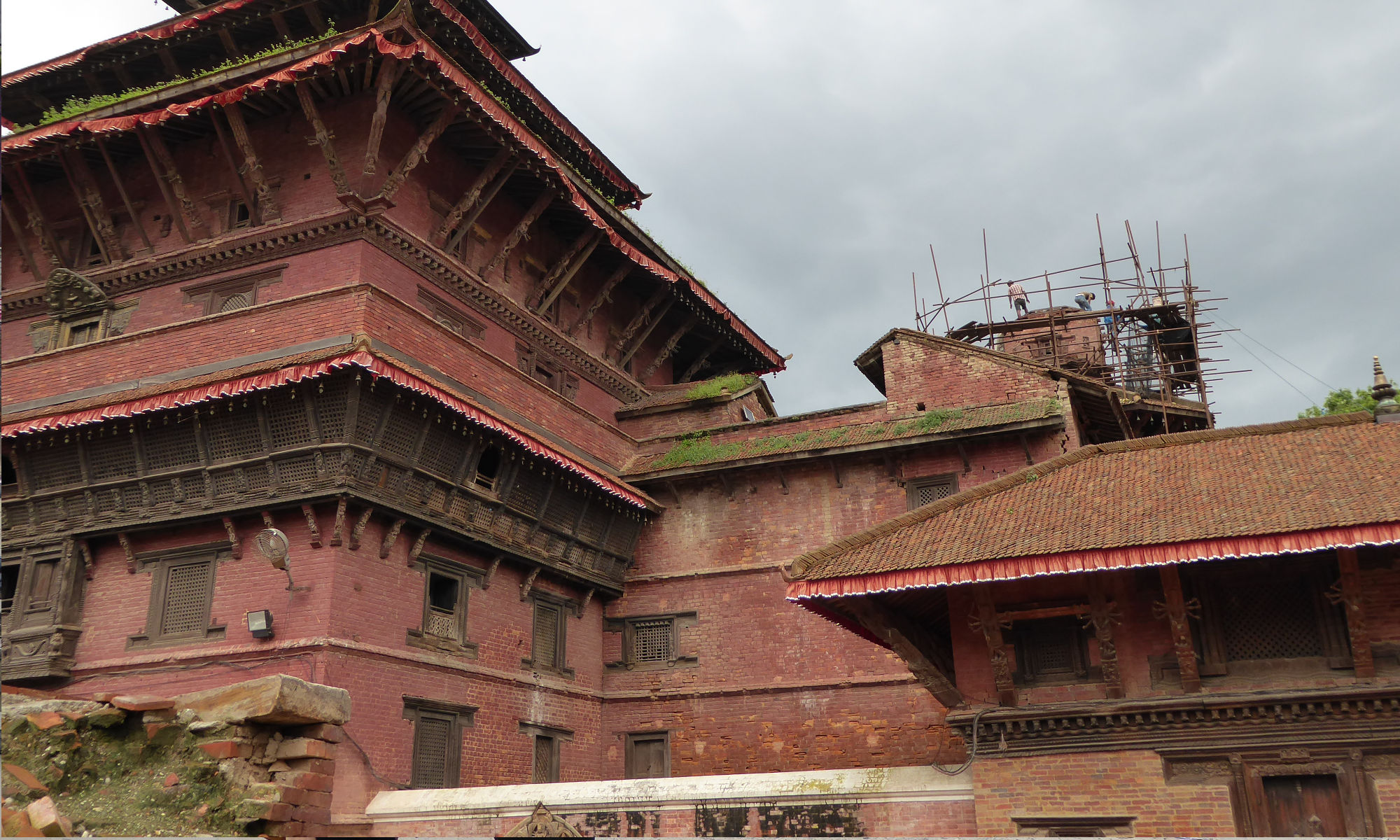
Reconstruction continues in Kathmandu’s Patan area. There was much focus on damaged and destroyed cultural heritage sites, giving a sense of blanket devastation across Nepal. Photo: Patrick Ward
How effective was the Nepali media’s response to the earthquake?
Nepal had just come out of a 10-year armed conflict, and journalists came out of that knowing political crisis reporting. But the need was different here, because as the popular saying goes, ‘Earthquakes don’t kill, but bad infrastructures do’. This is exactly what happened to the media. For most of the radio stations, they had to put off their transmissions because they were in very bad buildings. For many media in Kathmandu, as well as in the severely affected districts, equipment were damaged. And there had been big personal losses as well—when you have a personal loss, that will also affect your work.
Psychologically these journalists, the camera crews were prepared to deal with all sorts of emergencies, but the physical infrastructure was very weak. One good example was Radio Nepal. It’s a government-run radio service, a national broadcaster which reaches almost all the places in Nepal, and they were doing a fantastic job of reporting during the earthquake. They even reported at the time when it was still shaking, because they had very good infrastructure. Radio Nepal’s buildings and other communication infrastructures are largely supported by the government of Japan, who constructed very good, earthquake-resistant studios for them.
But the private media were kind of crippled. The big media houses, who had their own buildings, crumbled. For example, the Kantipur Group, which runs newspapers, television, radio—their building was destroyed. They shifted to a temporary place. Their offices have been demolished, and now they are constructing a new one. That was the status of the so-called most popular private media. The most popular private media would also mean the most rich media in Nepal—so you can imagine the status of the small radio stations which might have rented a few rooms in a flat. So most of them stopped. They were also unsure about the information that they were supposed to disseminate, because they didn’t have the resources on their own to report the reality from the ground.
Many people seemed to be following social media for the latest information, often rumours. Has this caused problems?
Rumours were the biggest worry. The information you get at the time of crisis could be termed as life-saving, because based on that information you decide which could be life-affecting. So rumours did play a major role in creating panic among the people, because the very day the earthquake first came on 25 April, for almost 72 hours we were feeling small and big jolts. So people who were gathered at one place dared not move out. The rumours got multiplied through the internet because access to it was pretty good. I saw the very first picture of the massive destruction when the Dharahara tower collapsed in Sundhara—I saw that first picture within the first two hours of the impact. The rumours also went that fast among the people.
The main rumour was that the next big one is coming, be prepared. There were also international rumours; we got this information from this scientist in the US or UK or elsewhere in Europe and they are saying, yes, brace yourself for the big one. Some of this information was true, but the way they were interpreted, they became rumours and people got panicked. In fact, a few people were using a hand mic and announcing that the next one is coming in two hours, so get yourself prepared, come out from the house. Later on we found out they were burglars who wanted to evacuate people, and they were finally arrested by the police. The worrisome part is we don’t have a central mechanism to counter these rumours. The government mechanism still does not put emphasis on using communication to do so.
What role has the international media played in the aftermath of the earthquake? Many have criticised the behaviour of the Indian media, especially.
There’s been a problem with the Indian media, which I’ll come to later, but there’s also been a problem with the international media because at the time of crisis, it does parachute journalism. You just parachute a journalist to a site. Many of them may have come for the first time to Nepal. They might have quickly googled Nepal and seen images on the internet. They were already reporting destruction of cultural heritage and densely populated areas, so the images they were sending back home for broadcast over international media gave the impression that everything’s been destroyed in Nepal. It was a disaster, almost 10,000 people died. But if you see the geographical area of the earthquake, the effect is not spread. It is concentrated in one area, and obviously many people have died and lots of buildings have been damaged. But it was not that severe as a polio outbreak or SARS. Each individual was affected, but not everyone was affected in the same way.
So far as the Indian media are concerned, they grew out of political reporting. So they only know about political reporting. If you look into the Indian media, you will see breaking news never stops. They used that same training here. We expected them to empathise more than the rest who came to report. Rather than that, they were digging sensational news out in this disaster. That was the biggest problem, and it shows that they are not trained at all in crisis reporting.
“We might not have expected the same if it was CNN or BBC or any other international media, but it was Indian media. So the expectation was very, very high.”
The Indian media was embedded within the Indian army rescue teams. Embedding journalists doesn’t work in disaster reporting. The Indian army was the first foreign help that arrived in Nepal. They arrived within six hours of the earthquake, and they were also embedding the Indian media. So some of the media personnel were the very first to reach affected sites. We might not have expected the same if it was CNN or BBC or any other international media, but it was Indian media. So people felt that rather than coming and asking lots of questions, they should have brought some medicine or relief supplies. When you analyse the Indian reporting on Nepal, you have to look at it from the social, cultural, and political relations between these two countries. So the expectation was very, very high. But the way they reported was very bad and they were not following any of the ethical guidelines. Very interestingly, they were condemned more by their own media critics at home than in Nepal.
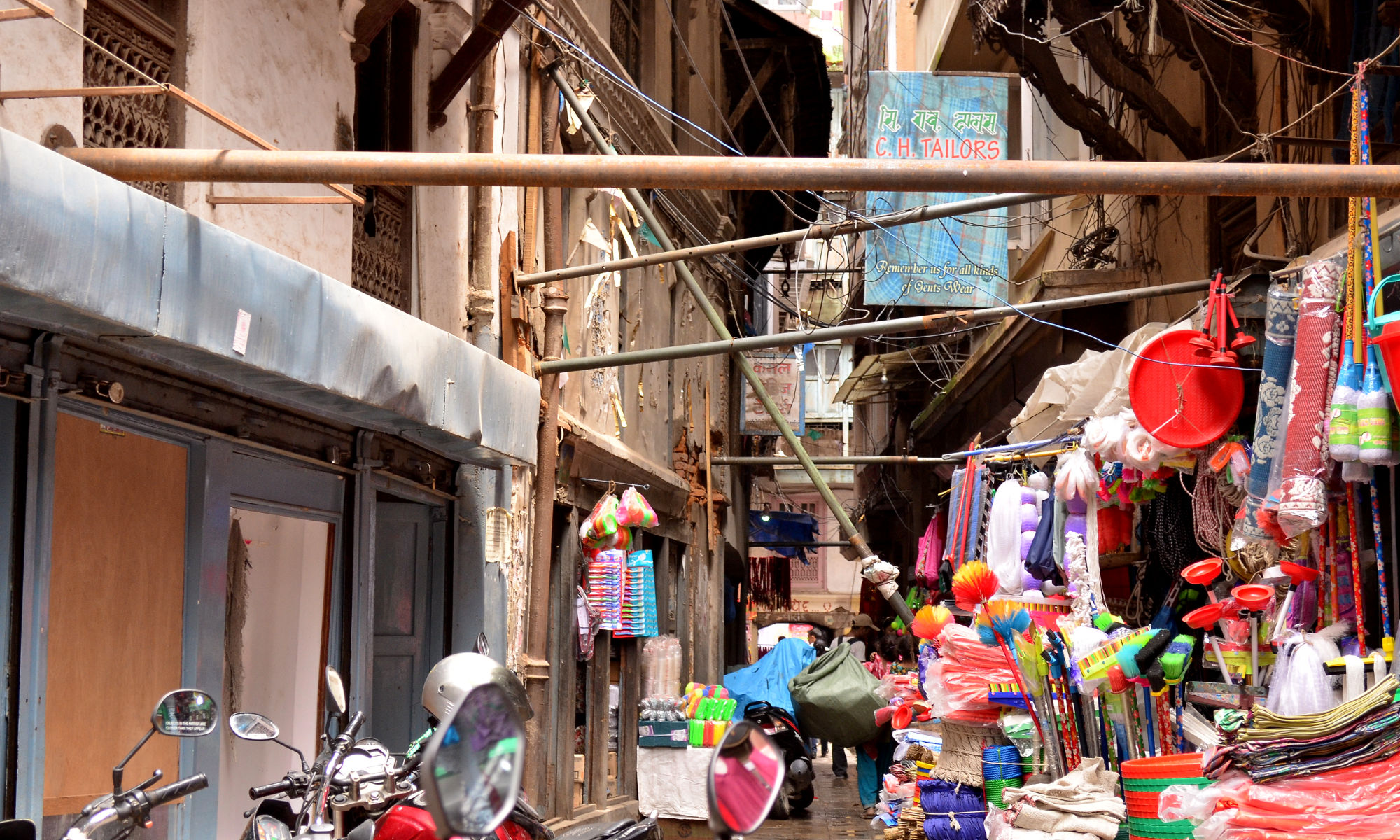
Weakened buildings have been temporarily stabilised and businesses now continue below. Despite concern about potential damage from aftershocks, there is also a sense of normalisation. Photo: Pushkala Aripaka
It’s a near daily occurrence to feel aftershocks from the earthquake, even four months later. Are they becoming normalised?
This is where we need to talk about culturally sensitive communication. Many times, when you have global indicators of safety and wellbeing, if you take those indicators and try to fit them into another part of the world, it may not work. We are getting so many aftershocks that either you have to run out all the time or you have to live with it. We have no other options.
The Seismological Centre of the Government of Nepal released data to commemorate three months of 25 April. During the first month following the earthquake, we had 1,300 aftershocks bigger than 2 magnitude each day. That came down to 100 by three months. They only report earthquakes of magnitude 4-plus to the people. Some of the aftershocks which were less than 4 were badly felt in Kathmandu itself. One, magnitude 3.3 which had an epicentre in Kathmandu, jolted us very bad. We thought it was big, big, big, and then when they released the data it was 3.3, not even 4. So it was against their policy to announce that result.
Even in the well-informed scientific authority of the government, they are finding it difficult to know how to report. They say we will put a 4 magnitude as a bar, below that we won’t report because it won’t give people any shock. But we felt the aftershocks that are less than that, so how do you really go about that?
“This earthquake could be a reference point for having a better disaster management policy, and communication could be a central element in all our disaster planning.”
It’s not been normalised in the sense that we have forgotten it or we are getting absentminded in preparing ourselves for the time of real danger. But maybe we are trying to learn to differentiate between the hazard and the disaster. We don’t have the terminology for hazard in Nepali. All our hazards have become disasters because of mismanagement. This is what happened in Haiti as well, it is what happened in India. But this didn’t happen in Japan when a month back there was an earthquake of nearly 8 magnitude. They were so prepared that the videos coming from YouTube showed that people were just standing still when they had been walking, and they were waiting some time for it to pass, and then they just carried on with their routine work. If that happens here, we would not do that. Life will have its own forwards and backwards and stills and leapfrogging, so maybe we are just thinking, if we worry too much, we cannot live. This possibility has been talked about for many years. But we never realised what it could do until it happened. Now that the disaster has happened, we actually realise we are in a high seismic zone, and that we have to be alert, and maybe try to find some kind of resilience.
So do you think this latest earthquake will lead to better preparation for the future?
Each individual in Nepal now want to make earthquake resistance a priority. I’ve seen some of my neighbours retrofitting their houses so that their houses stay safe. But this is a resource-constrained country. The government should have a policy where we can feel comfortable and confident and adapt our buildings for earthquake and other natural hazards. So this earthquake could be a reference point where we think of having a better disaster management policy, and communication could be a central element in all our disaster planning.
Home | Stories

